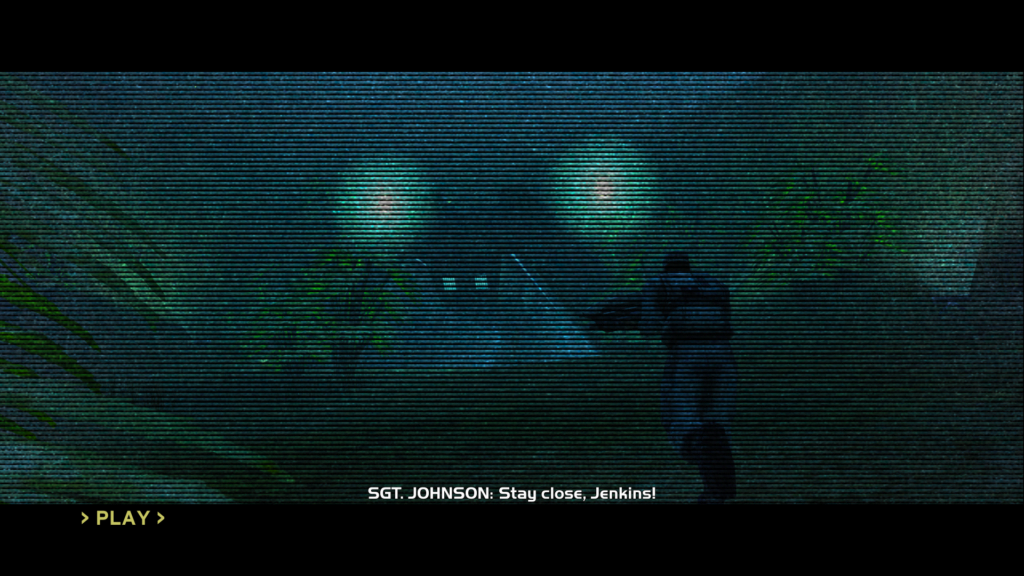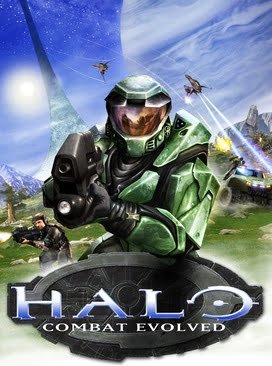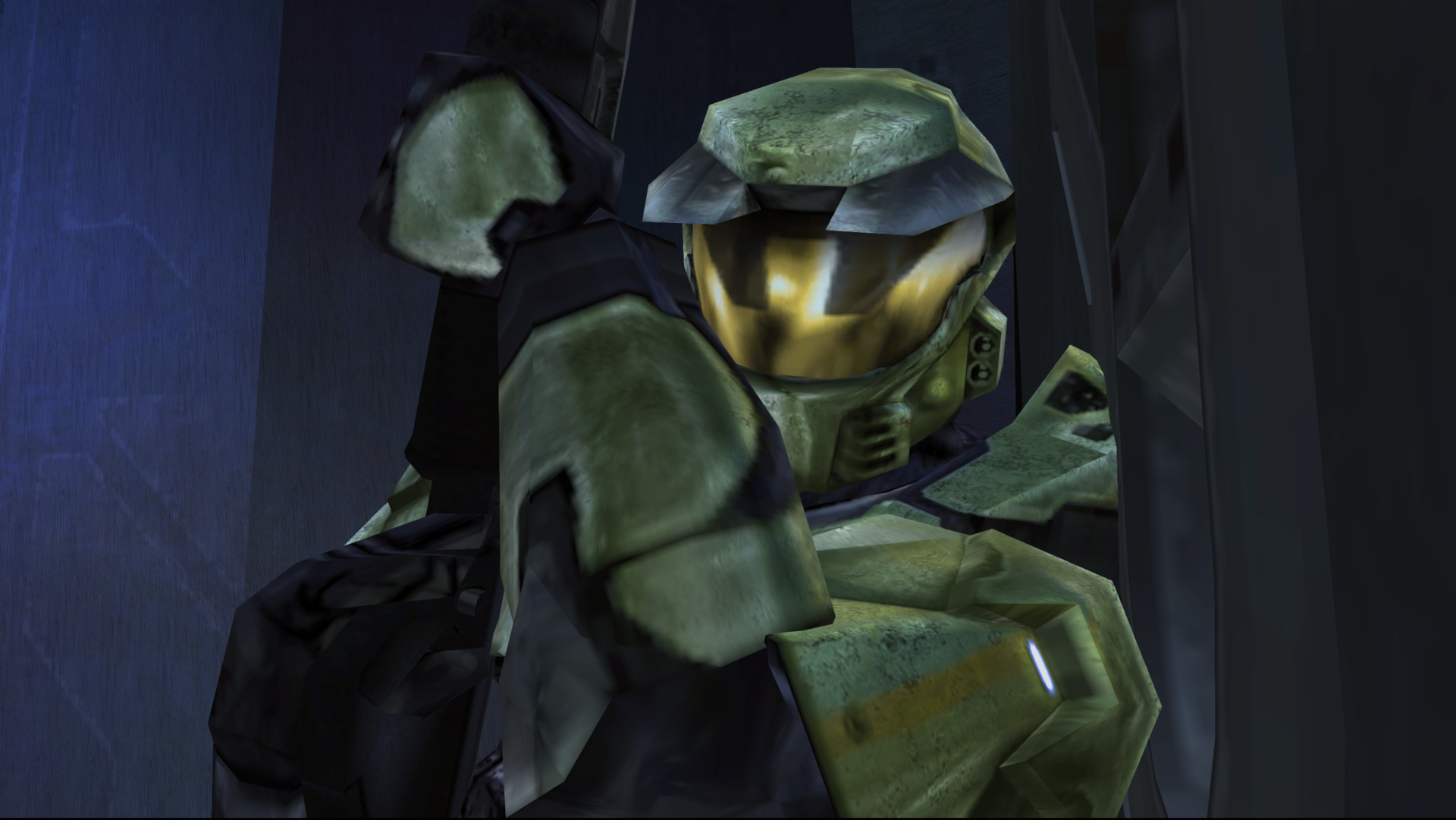The 6th generation of consoles officially kicked off in 2000 with the release of the PlayStation 2, but it wasn’t until the following year that horror gamers would feel the generational leap in their favorite genre. Looking back, 2001 turned out to be a big year for scary games on the new generation of consoles as it saw the release of Onimusha: Warlords, Project Zero1Project Zero was released in Japan in 2001, but would came to the North America and Europe as Fatal Frame in 2002, Extermination, Alone in the Dark: The New Nightmare, Resident Evil – Code: Veronica X2Code Veronica X is an expanded version of the original 2000 Dreamcast release that adds new cutscenes and graphical improvements, and of course the formative classic Silent Hill 2. In November of that same year, Microsoft entered the console market with the release of the original Xbox and Bungie’s new first person shooter Halo: Combat Evolved arrived along with it. But while it was wildly successful and kicked off a $6 billion franchise, Microsoft’s console exclusive still tends to go largely unnoticed when looking at 2001’s impressive gaming horrorscape, let alone overall achievements in the genre.

While Halo: Combat Evolved primarily trades in bombastic action, the most memorable moment of its groundbreaking campaign is deeply steeped in horror. Around the game’s halfway point players may feel a bit of tonal whiplash as they progress into Chapter 6: 343 Guilty Spark and experience the game’s brief, but effective, genre shift.
Enter The Flood, the zombie parasite at the heart of the Halo franchise. Prior to Halo’s release, neither Bungie nor Microsoft had shown anything about them, and their reveal in Chapter 6 came as a complete surprise to almost everyone. While their in-game reveal is extremely derivative—like much of Halo, which borrows heavily from James Cameron’s film Aliens, Robert A. Heinlein’s novel Starship Troopers, and Larry Niven’s Ringworld—it would be disingenuous to dismiss Bungie’s craft and execution in the tone and pacing of this chapter.

While the 343 Guilty Spark has plenty of hints early on that something is amiss, like the scattered and disorganized enemy resistance leading up to the bunker in the swamp, it’s the lone surviving soldier that you come across that most effectively sets the stage for what’s to come. Up until that moment, any friendly soldier that you’d come across in the game had worshiped Master Chief, practically revering him as a savior. They cheered at his arrival and were emboldened as they fought alongside him. This soldier, however, is traumatized, disoriented, and hostile, an extreme contrast that causes pause as you wonder what could possibly be ahead. The weight of the situation is especially felt when he raises his pistol and fires at you; the bullet actually weakens your armor’s energy shield. He fires more rounds in a mostly futile effort to stop you, but he can kill you if you linger. There’s no prompt for it and it won’t affect anything else in the game, but you can make a choice here: Do you leave the soldier behind, or do you put him down? It’s up to you. And both options are horrific in their own way.

Footage from another soldier’s helmet camera later reveals what happened in the facility. We’re given brief vignettes from the soldier’s final hour as Chief fast forwards from scene to scene, culminating in The Flood’s big reveal and the subsequent demise of the squad. The musical score for all of this is wonderfully minimal, further contrasting against the rest of the game’s percussion-driven bombast.
Alone in the facility, you regain control of Master Chief and movement in the corner of your HUD grabs your attention. The motion tracker is picking up movement all around you. You can take out a few of the parasites, but they’ll keep coming. You must escape.
It’s all a terrific build up with terrifying implications. Unfortunately, Bungie never quite succeeds in bringing The Flood to their full potential, and would go on to squander what could have been their greatest villain.
Halo: Combat Evolved Screenshots
Screenshots captured from Halo: The Master Chief Collection on Xbox Series X
Halo: Combat Evolved
Original Release: 2001
Developer(s): Bungie
Publisher(s): Microsoft Game Studios
Platforms(s): Xbox, Xbox 360, Xbox One, Xbox Series X, Windows, Mac OS X

Footnotes
- 1Project Zero was released in Japan in 2001, but would came to the North America and Europe as Fatal Frame in 2002
- 2Code Veronica X is an expanded version of the original 2000 Dreamcast release that adds new cutscenes and graphical improvements














